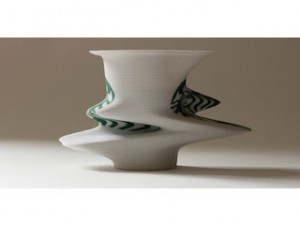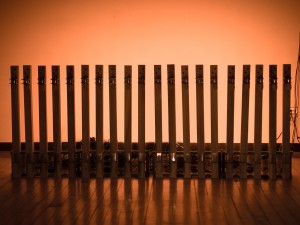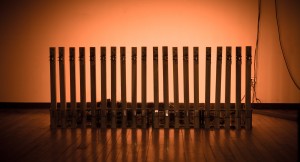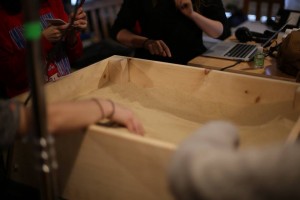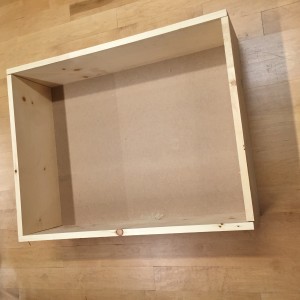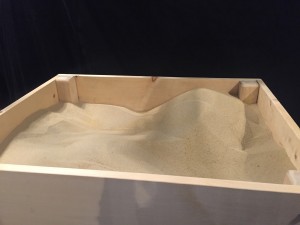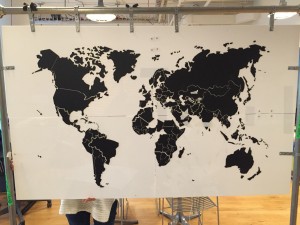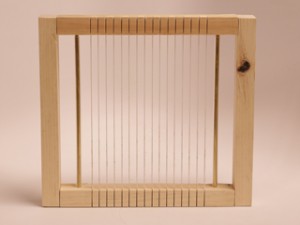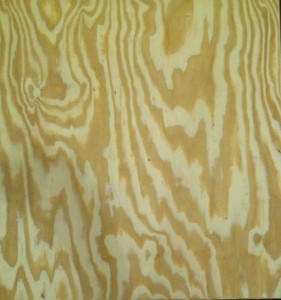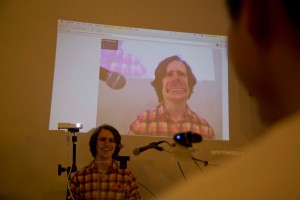Francesca Rodriguez Sawaya, Michelle Hessel
An interactive wall installation that aims to create awareness about borders and walls between countries around the world.
www.techaboom.com/final-project-progress/
Description
The number of walls between nations has increased dramatically over the past decades, specially after 9/11. Fear, insecurity, migration and recent events like the refugee crisis or the deplorable terrorist attacks, are some of the reasons that have deeply influenced the decisions made by governments to build physical walls to protect their borders from their country neighbors. Even though we may be aware of this information, looking at the “big picture”, as this project intends to show, allows the user to look at how the number of boundaries has changed our contemporary political world map.
As a result, we have created The Wall Map, an installation where users will be able to travel through time and explore how new borders and fences have been established since 1960 up to now, including those who have been already announced that will be build in the future.
Classes
Intro to Fabrication, Introduction to Physical Computing

